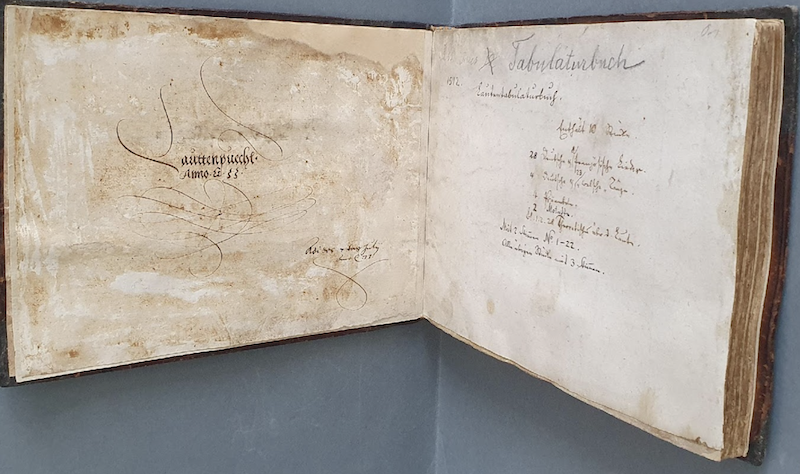
Pilot III
Tablature Notation as Reflective Images of 16th-Century Culture
This pilot is a music historical study with a certain theoretical approach to notation and its historical semantics from the viewpoint of cultural studies. It will investigate how historiographical methods of the 16th century influenced the making of lute tablature and its contemporaneous understanding. This specific kind of musical score became popular right when historiographers started to sort out human history in form of tables (figurae). Thus, these chronicles stood for a new idea of ‘compressed knowledge’ (Steiner, 2008). Although, at the first sight, chronographical tables look quite different from lute tablatures, a discourse analytical approach will show how tablatures were conceived in general and how lute tablature literally imprinted the ‘thinking in diagrams’ of Early Modern Culture. Exemplarily, this pilot study will edit and investigate the tablature book D-Mbs Ms. 1512 and open its repertoire for an investigation of historical discussions on lute notation and its diagrammatic display format (Krämer, 2016). D-Mbs Ms. 1512 was chosen for this study because it is a very early and large lute manuscript which needs particular attention. Further on, the examination of texts and music offered by our edition will enable us to show intertextual references (in text and music) between D-Mbs Ms. 1512 and well-known sources such as Sebastian Virdung’s Musica getutscht (1511) or Hans Newsidler’s Ein Newgeordent Künstlich Lautenbuch (1536).
